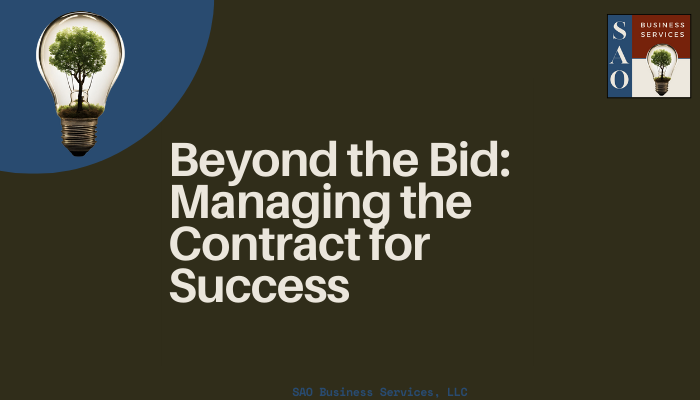Landing a federal contract can be a lucrative opportunity, but the process can seem daunting due to its intricate nature. Understanding the high-level steps involved in federal contracting procurement can equip you to navigate this unique landscape with greater confidence.
So, how does the federal government typically procure goods and services?
1. Identifying the Need: It all starts with a government agency recognizing a specific need for goods, services, or construction. This need could be for anything from new IT systems to building renovations.
2. Planning and Market Research: The agency conducts thorough planning to define the project scope, timelines, and budget. Market research helps identify potential contractors with the necessary expertise and capabilities.
3. Issuing the Request for Proposal (RFP): Once the project details are solidified, the agency releases an RFP outlining the specific requirements, evaluation criteria, and submission instructions. This is your official invitation to bid.
4. Pre-Proposal Meetings & Bidders Conferences: In some cases, agencies hold pre-proposal meetings or bidders conferences to clarify details, answer questions, and ensure everyone is on the same page.
5. Proposal Submission & Evaluation: Contractors submit their detailed proposals, typically containing technical solutions, cost estimates, and relevant qualifications. The agency then conducts a rigorous evaluation based on the pre-defined criteria outlined in the RFP.
6. Negotiations & Award: After evaluating proposals, the agency may enter negotiations with the top contenders to refine terms and pricing. Ultimately, the contract is awarded to the bidder offering the best value proposition based on both technical merit and cost.
7. Contract Administration & Project Execution: Once awarded, the contractor and agency work together to manage the project according to the contract terms. This involves performance monitoring, progress updates, and adherence to quality standards.
8. Contract Closeout & Evaluation: Upon project completion, the agency formally closes the contract and may conduct a final evaluation of the contractor’s performance.
Remember, this is a simplified overview. Each stage involves diverse tasks, regulations, and potential variations depending on the project complexity and contracting type.
Here are some additional points to consider:
- Small businesses have specific opportunities and programs. Explore resources like the SBA to learn more.
- Transparency and competition are key principles. The process aims to ensure fairness and value for taxpayer dollars.
- Staying informed is crucial. Subscribe to relevant agency notifications and updates to stay on top of opportunities.
Understanding the high-level process is a helpful first step, but remember, due diligence and seeking professional guidance are essential for successfully navigating the intricacies of federal contracting.
Have you ever participated in the federal contracting process? Share your experiences and tips in the comments below!
Disclaimer:
This blog post is intended for general informational purposes only and should not be construed as legal, financial, or any other professional advice. The information provided does not constitute a comprehensive guide to the federal contracting process and may not be accurate or complete for all situations.
Readers are encouraged to conduct their own research, consult with qualified professionals, and review official government resources for comprehensive and up-to-date information on federal contracting regulations and procedures.
Any actions taken based on the information provided in this blog post are solely at the reader’s own risk. The author and publisher of this blog disclaim any and all liability arising from the use of this information.




